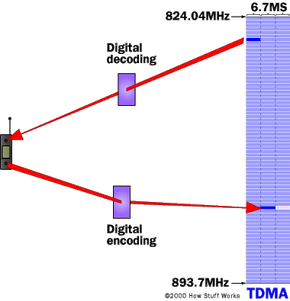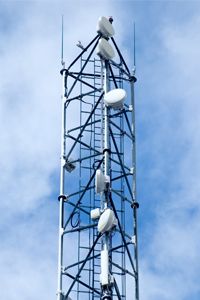If you've ever wondered how millions of people can send text messages at the same time with all of those texts finding their way to the correct destination, the answer has to do, at least in part, with time division multiple access.
Various wireless communication systems, including 2G cellular networks like GSM, use TDMA as the access method for voice and data transmission. In addition to GSM phones, digital radio systems, satellite communication, certain types of wireless LANs (Local Area Networks), and other applications use TDMA.
Communication Time Slots
TDMA systems divide transmission times into discrete intervals or time slots, with each user assigned one or more for their communication needs. These time slots are typically very short, often just milliseconds, and are synchronized across all users within the system.
During each time slot, the user can transmit their data, whether it be voice, text, or multimedia, without interference from other users sharing the same channel.
By ensuring each user has exclusive access to the channel for a fraction of the total transmission time, it minimizes conflicts and collisions between transmissions.
The TDMA Advantage
A major plus of TDMA technology is its ability to support multiple users on the same frequency band simultaneously. Dividing the available time into slots allows for higher capacity and increased data throughput compared to other access methods.



